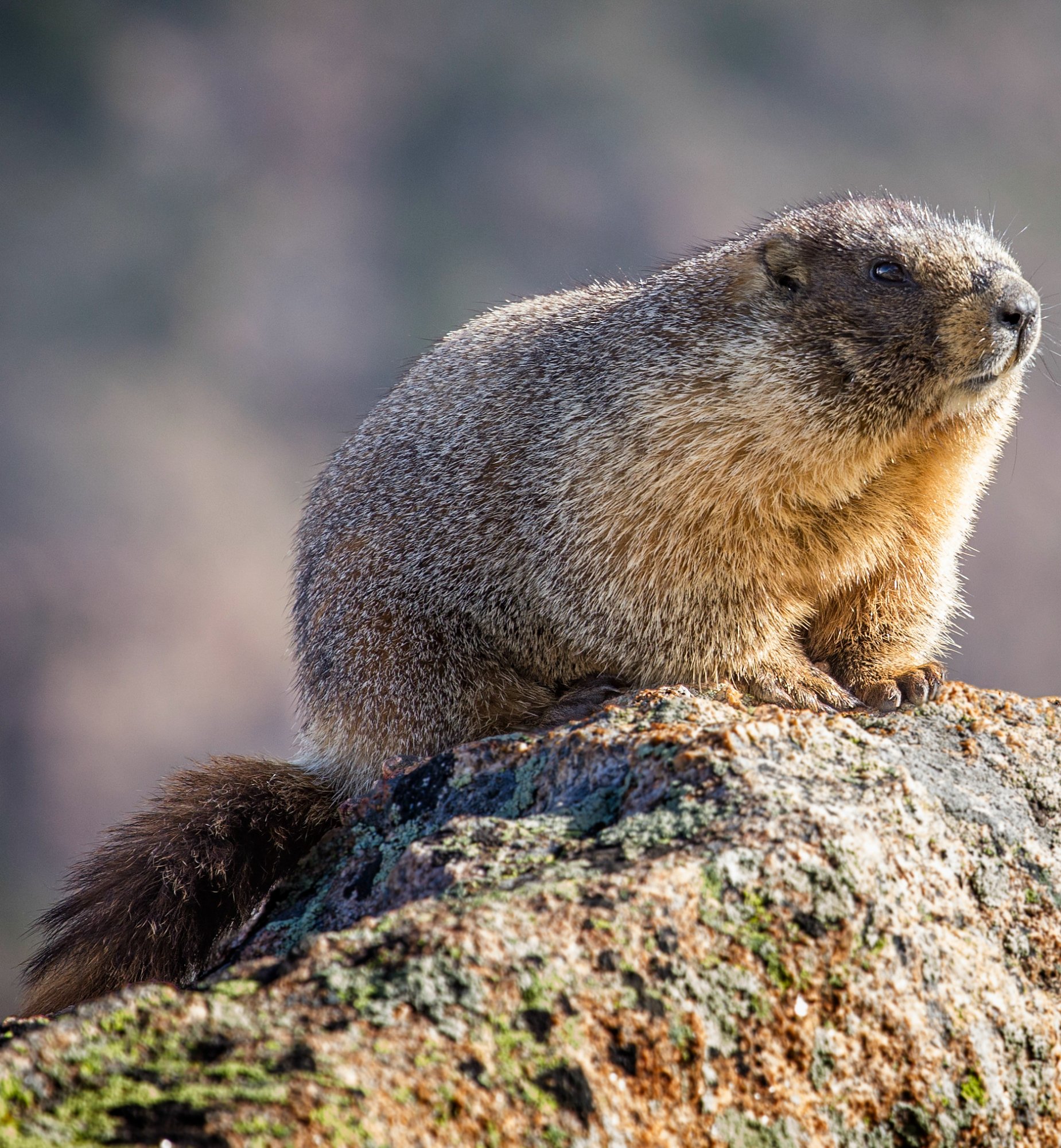
February 2
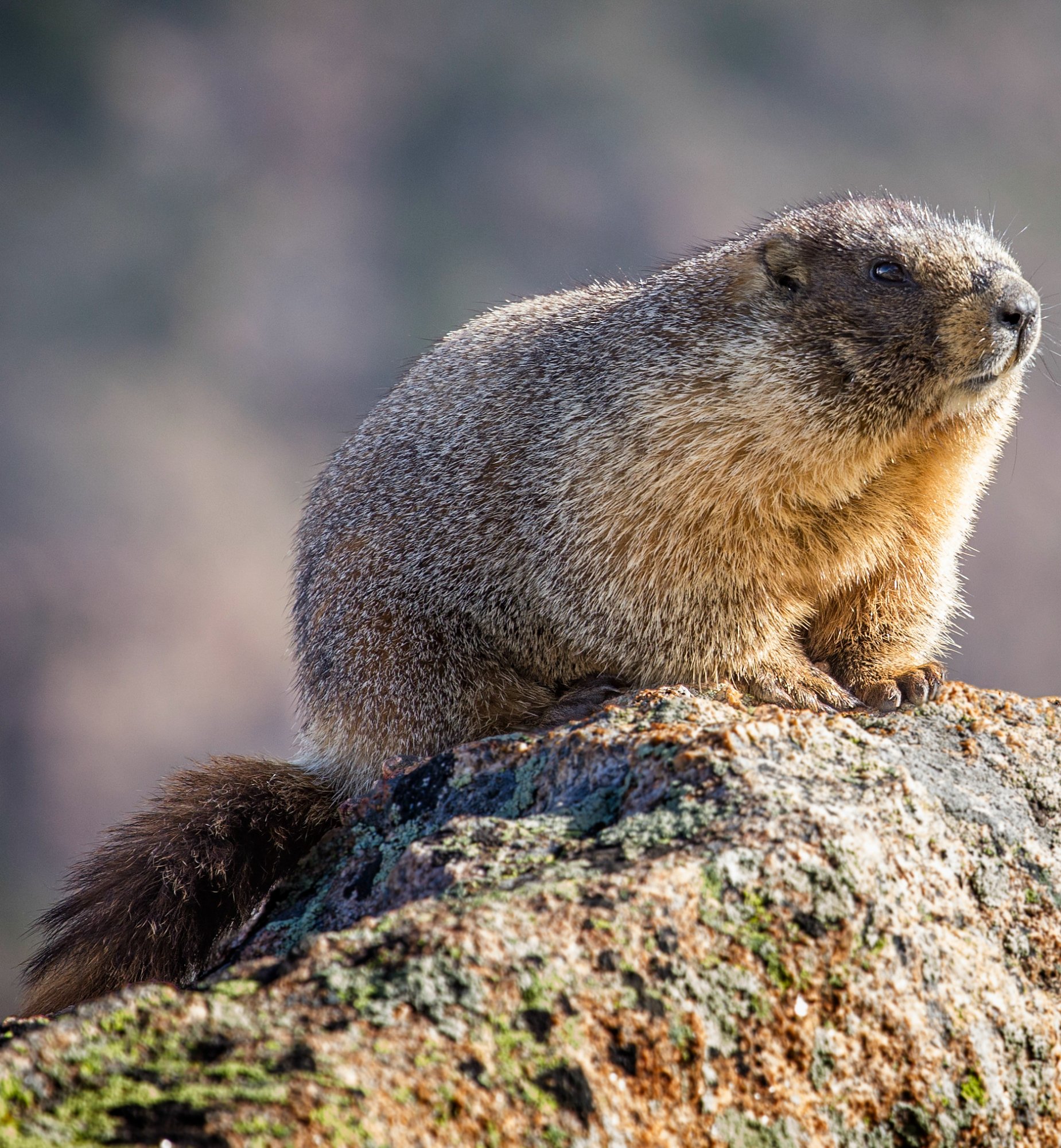
One of America's enduring annual traditions is Groundhog Day. In 1886, the Punxsutawney Spirit newspaper proclaimed February 2 to be Groundhog Day, and so it has been ever since. (At least in Pennsylvania — and then, eventually, the rest of the country.)
It's a more than 130-year-old tradition that has us waking up to news about whether we'll have to endure more cold and snow or if we can ditch the sweaters and jackets for spring.
Good News?
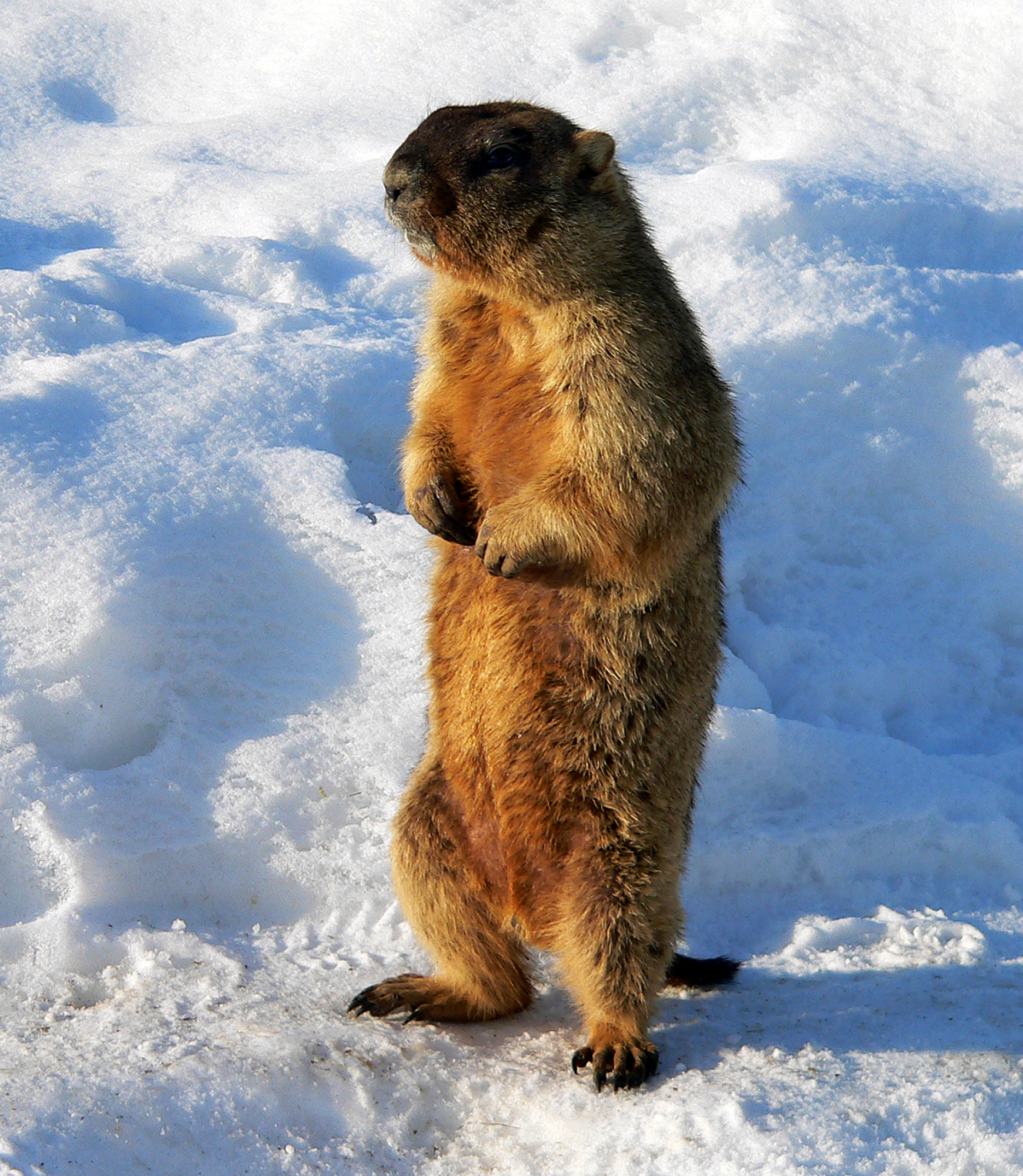
If Punxsutawney Phil, the country's most well-known prognosticating groundhog, wakes up from hibernation in Pennsylvania and sees his shadow, we collectively groan about what will likely be six more weeks of winter weather.
If, however, he doesn't see his shadow, we can be certain (well, almost certain—or at least we can tell ourselves) that spring will be here soon.
Results Vary
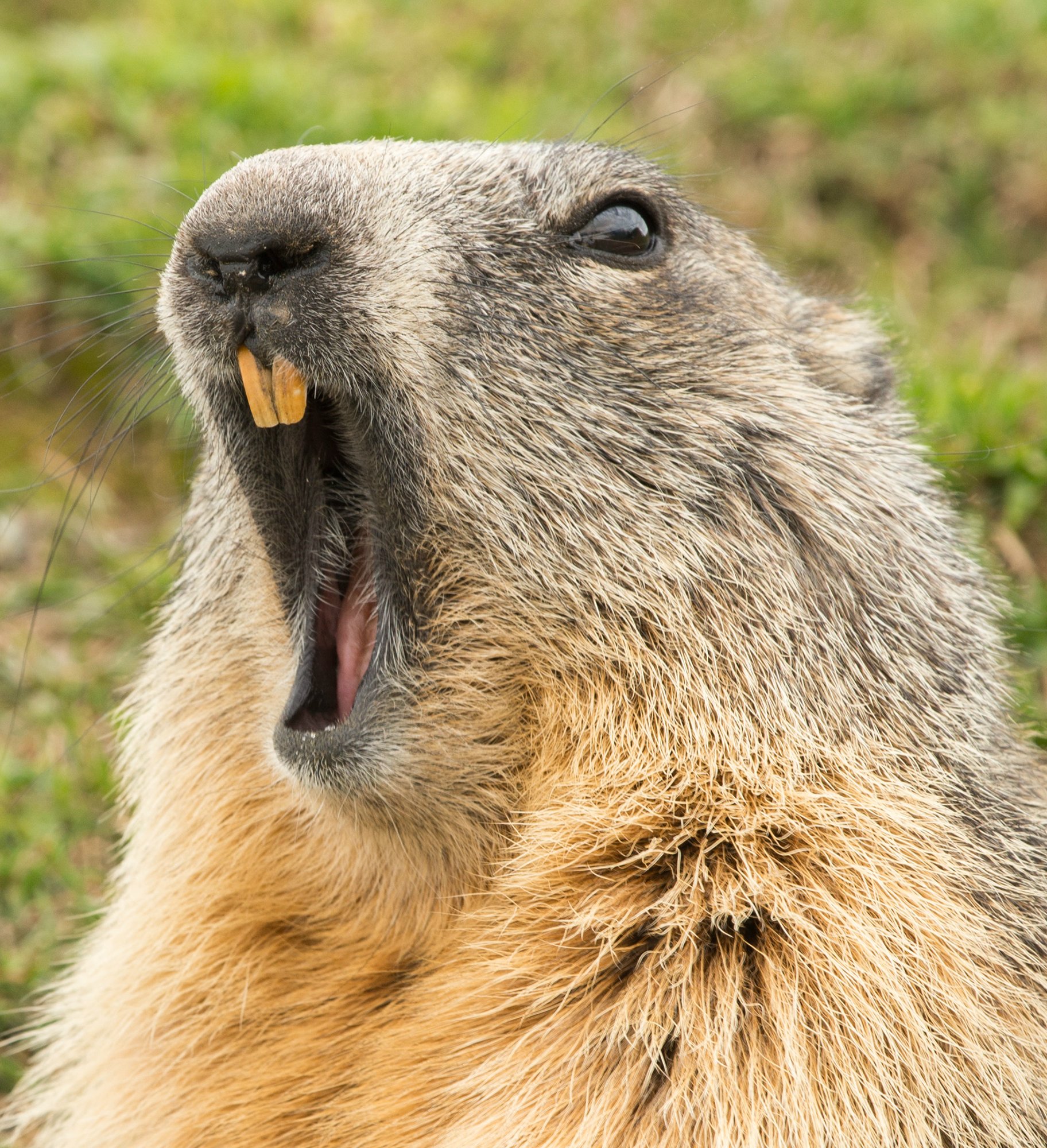
Phil's owners claim that he's predicted spring accurately 100 percent of the time. Playing devil's advocate, spring is going to come eventually. "Cold" and "wintry" are relative terms. How could any prediction be incorrect?
Meteorologists might have something else to say, though.
Tourist Attraction

Phil has always attracted attention, but after "Groundhog Day," starring Bill Murray and Andie MacDowell, came out in 1993, the number of tourists flocking to the ceremony has increased dramatically. Some 30,000 people now gather each year just to watch Phil watch the world for a short second or two.
Full Name

Pennsylvania's groundhog goes by Phil, but his full name is Punxsutawney Phil, Seer of Seers, Sage of Sages, Prognosticator of Prognosticators and Weather Prophet Extraordinary. So, you know, "Phil" is really much easier.
Phil's Life

Phil's life is one of leisure and human support. He eats dog food and ice cream, apparently, and is well taken care of by his human handlers. He lives in a climate-controlled home at the Punxsutawney Library. Nice work, if you can get it.
Gobbler's Knob
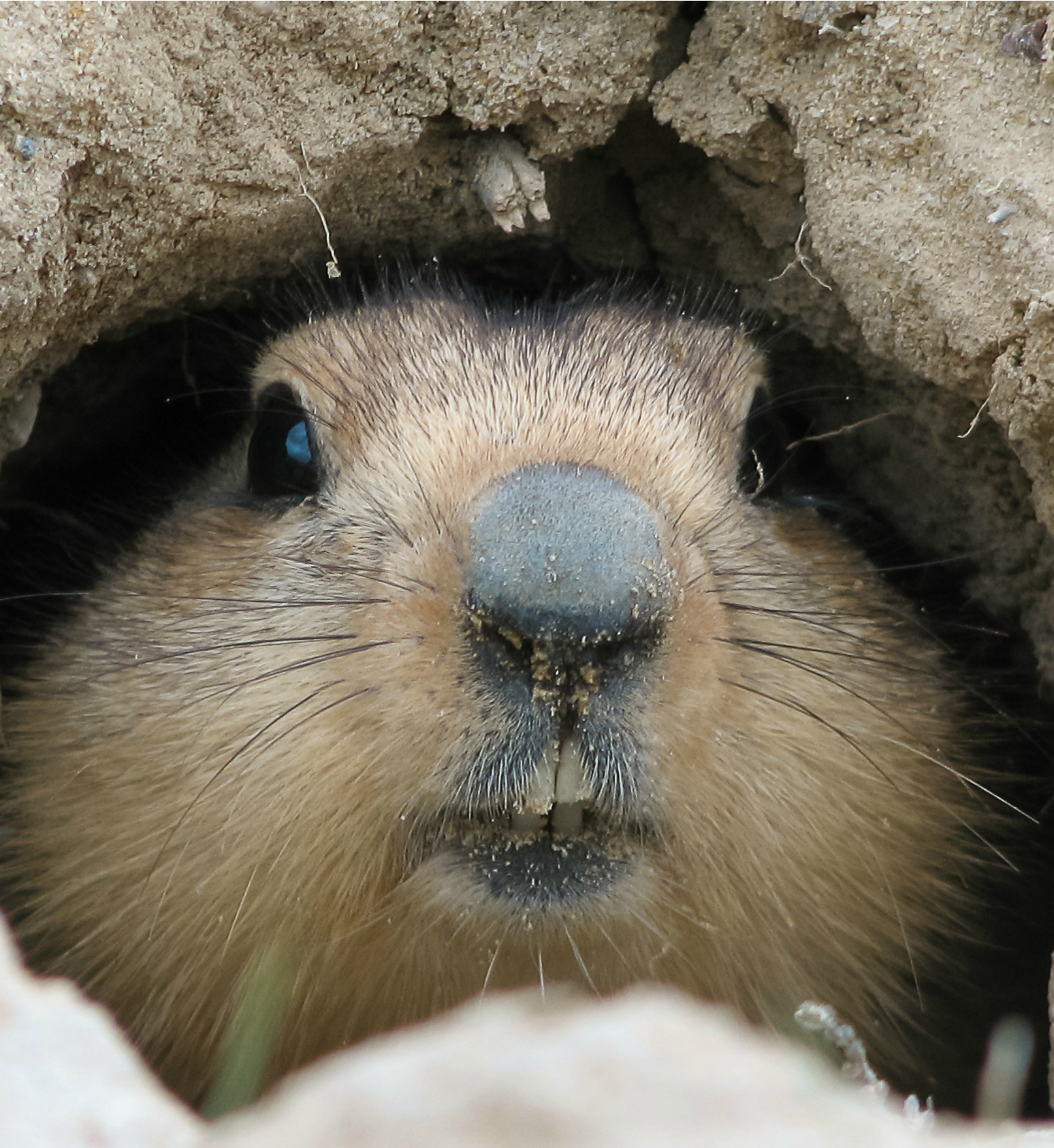
When Groundhog Day approaches, Phil is taken up to Gobbler's Knob, the hill on which Groundhog Day festivities are centered. He's put into a heated burrow underneath a simulated tree stump that is up on a stage. At 7:25 a.m., he is pulled out and observed for his behaviors regarding shadows, present or not.
German Tradition

Groundhog Day, which has been around since the 1700s, was brought to Pennsylvania and other states by German immigrants. But the way it's celebrated now, with news and text alerts, Hollywood movies and merchandise, it's now a full-blown American thing.
Groundhog Day Origins

The original German tradition was called Candlemas, and it was celebrated when we now celebrate Groundhog Day—the midway point between the winter solstice and the spring equinox. The day celebrated the purification of Mary, 40 days after Jesus was born. On that day, Christian clergy blessed candles and distributed them among the towns for people to put into their windows.
There's More Than Just P. Phil

More than a dozen states have their own official groundhogs, although Punxsutawney Phil is, bar none, the most famous of the weather rodents. In Georgia, there's General Beauregard Lee. In Ohio, it's Buckeye Chuck.
They're Related to Squirrels
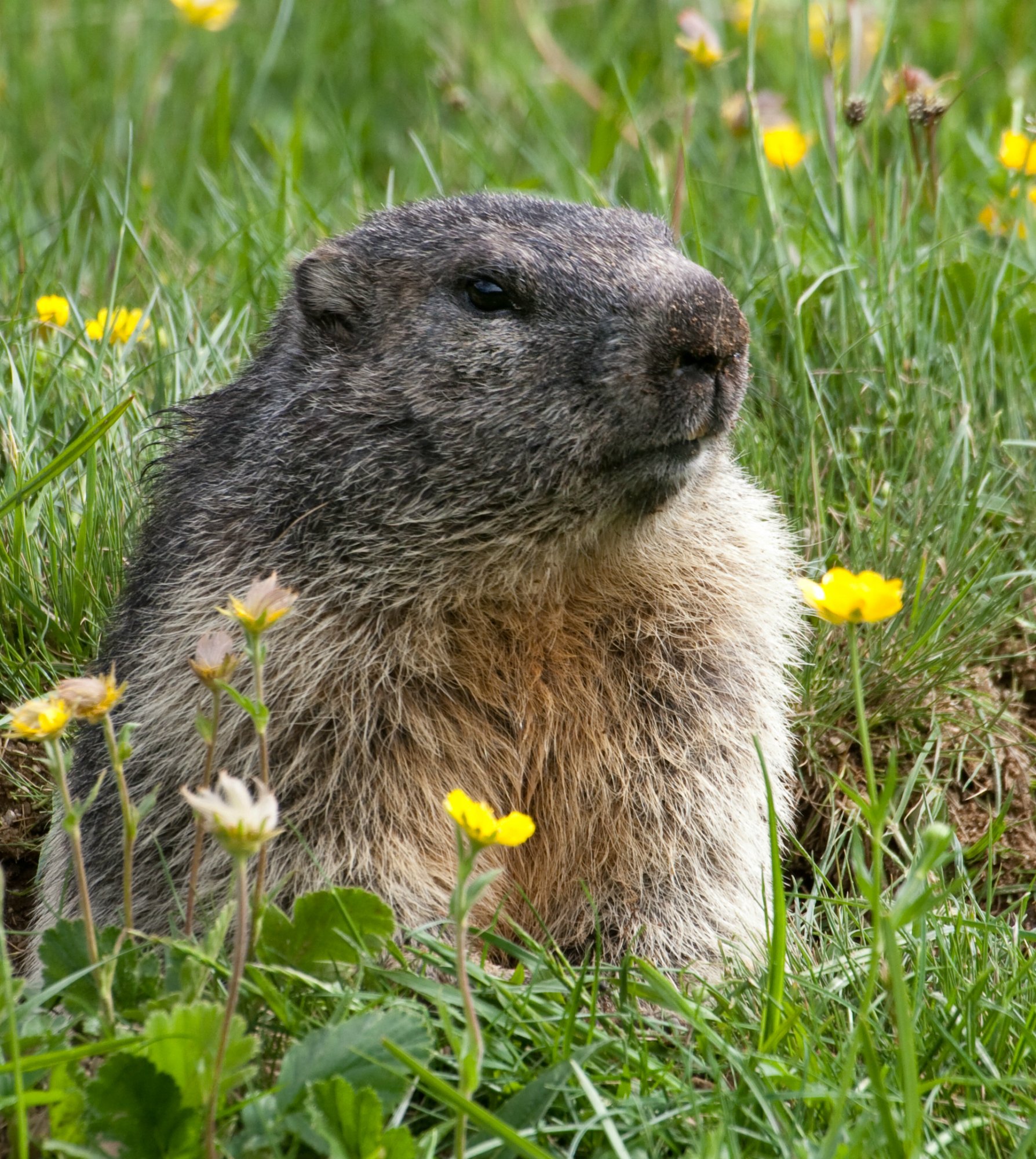
What, exactly, is a groundhog? The latin name is "Marmota monax," but they're also what we call "woodchucks." (How much wood coulda … never mind.) They're part of a group of ground squirrels known as marmots. They're found through much of the eastern U.S., live in burrows and, crucially for our little annual tradition, hibernate through winter. Well, until they're woken up to give the forecast.
Is Groundhog Day Ethical?
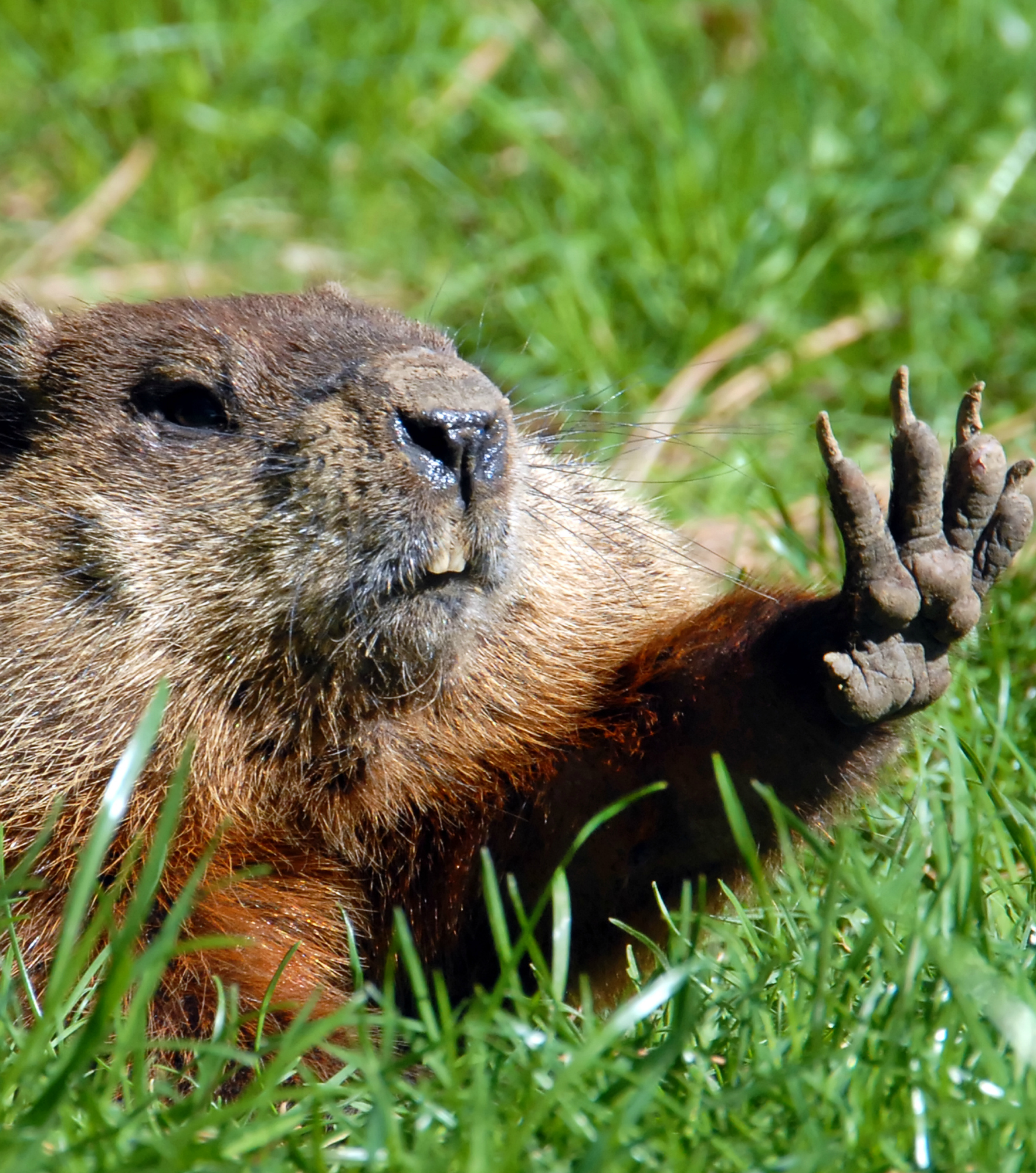
In 2010, the animal-rights activist group People for the Ethical Treatment of Animals asked Phil's owners to substitute a robotic groundhog for the live, captive one. So far, they have not followed up on PETA's idea.




